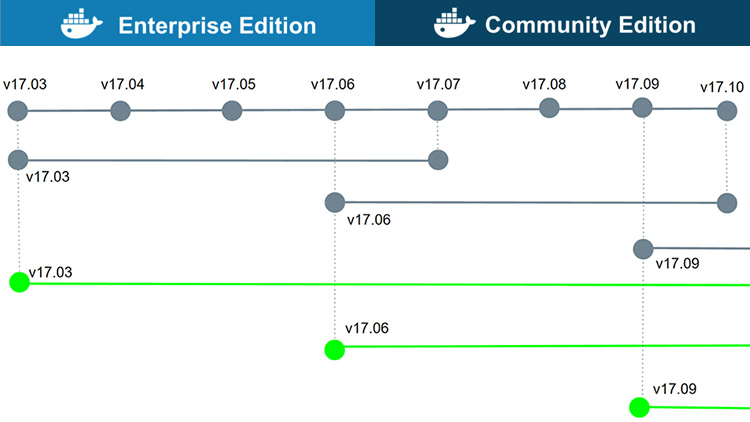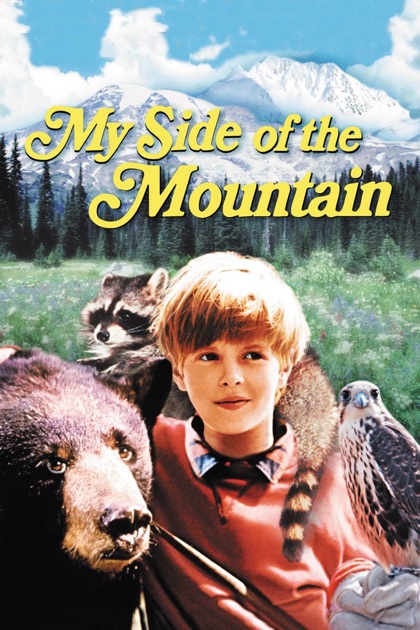

- DOCKER FOR MAC VS VAGRANT SOFTWARE
- DOCKER FOR MAC VS VAGRANT CODE
- DOCKER FOR MAC VS VAGRANT PROFESSIONAL
DOCKER FOR MAC VS VAGRANT CODE
Not so long ago, Vagrant was the prime tool that attempted to solve that time-immemorial problem of "it works on my machine." Developers could create shareable Vagrant files to allow coworkers to spin up replica machines for testing code and the interconnecting parts of a typical modern project. Note that Otto has been decommissioned as of August 19, 2016. ^ "Vagrant - Getting Started - Project Setup".^ "Vagrant: EC2-Like Virtual Machine Building and Provisioning from Ruby".^ "Introducing Vagrant | Linux Journal".^ "mitchellh/vagrant: Release v0.1.0"."Mitchell Hashimoto is automating the world". The official Vagrant documentation details the installation, command line usage, and relevant configuration of Vagrant. "Box" is a format and an extension (.box) for Vagrant environments that is copied to another machine in order to replicate the same environment.
DOCKER FOR MAC VS VAGRANT SOFTWARE
Machine and software requirements are written in a file called "Vagrantfile" to execute necessary steps in order to create a development-ready box.

It automates the configuration of virtual environments using Chef or Puppet, and the user does not have to directly use any other virtualization software. Vagrant sits on top of virtualization software as a wrapper and helps the developer interact easily with the providers. Support for VirtualBox, Hyper-V, and Docker virtualization ships with Vagrant, while VMware and AWS are supported via plugins. Providers are the services that Vagrant uses to set up and create virtual environments. Puppet and Chef are the two most widely used provisioners in the Vagrant ecosystem ( Ansible has been available since at least 2014 ). Provisioners are tools that allow users to customize the configuration of virtual environments. Vagrant uses "Provisioners" and "Providers" as building blocks to manage the development environments. Since version 1.6, Vagrant natively supports Docker containers, which in some cases can serve as a substitute for a fully virtualized operating system. Vagrant is written in Ruby, but it can be used in projects written in other programming languages such as PHP, Python, Java, C#, and JavaScript. Vagrant was originally tied to VirtualBox, but version 1.1 added support for other virtualization software such as VMware and KVM, and for server environments like Amazon EC2.
DOCKER FOR MAC VS VAGRANT PROFESSIONAL
HashiCorp now works on creating commercial editions and provides professional support and training for Vagrant. In November 2012, Mitchell formed an organization called HashiCorp to support the full-time development of Vagrant Vagrant remained permissively licensed free software. The first stable version, Vagrant 1.0, was released in March 2012, exactly two years after the original version was released. In October 2010, Engine Yard declared that they were going to sponsor the Vagrant project. The first version of Vagrant was released in March 2010. Vagrant was first started as a personal side-project by Mitchell Hashimoto in January 2010.


 0 kommentar(er)
0 kommentar(er)
